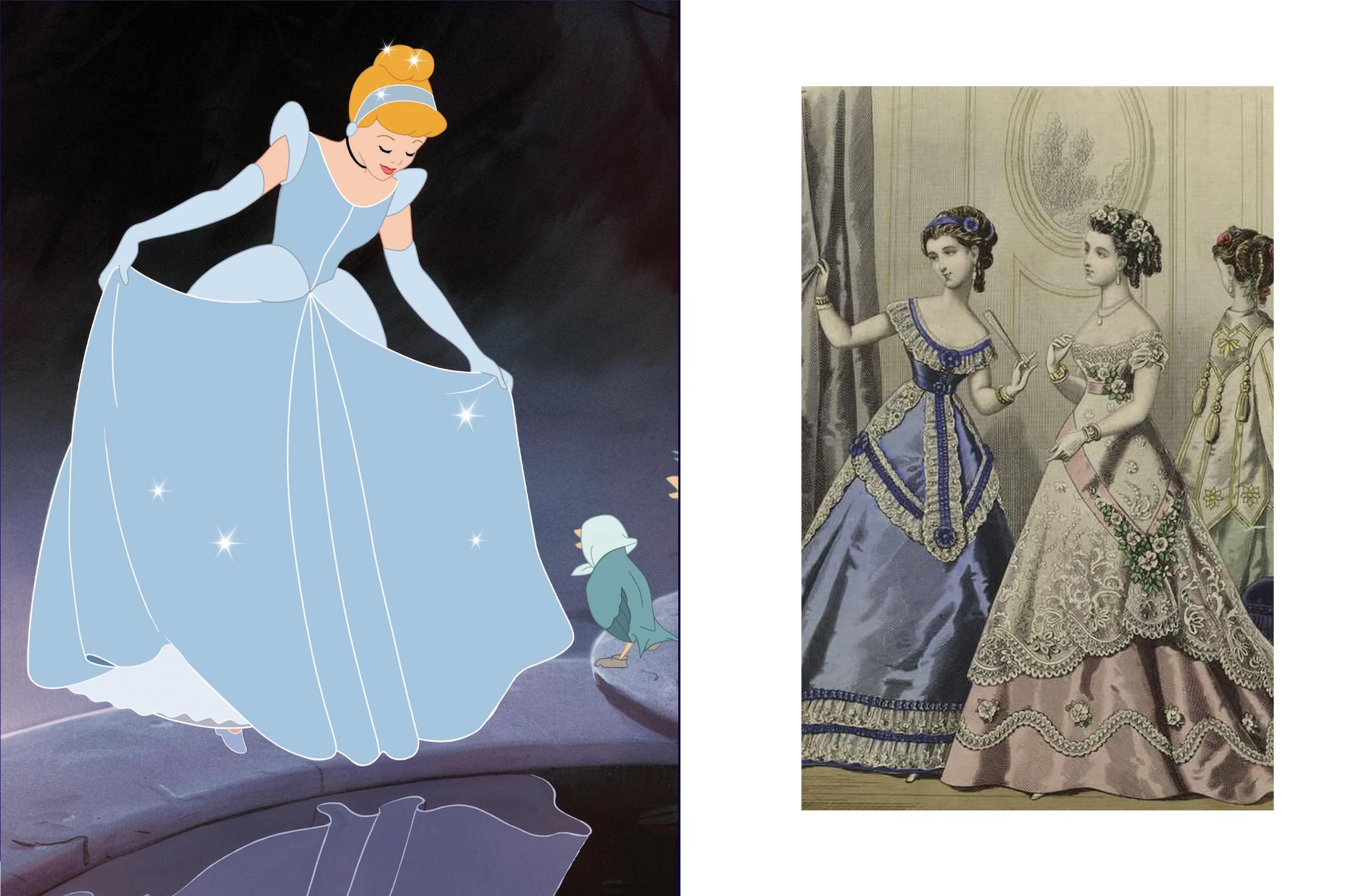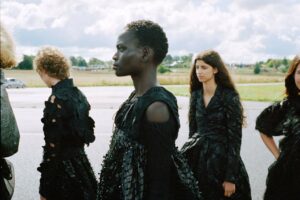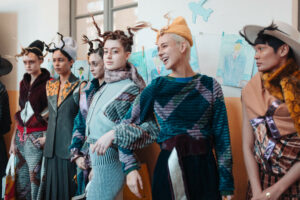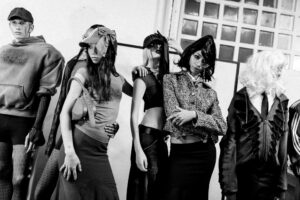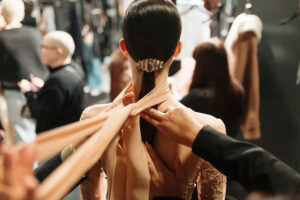It’s not easy to reproduce a historical era on the big screen, even less so when it comes to a fictional animated feature.
However, The Walt Disney Company has succeeded in this enterprise several times and in several ways over the years, setting their classics in different centuries and places accurately but, as we’ll see, still inserting references to the time of the films’ release, especially when it comes to the dresses and style of their now-iconic princesses. Let’s find out how the combinations adopted by Disney to “modernize” the characters, fashion, and stories of a bygone era turned out to be a success!
Snow White
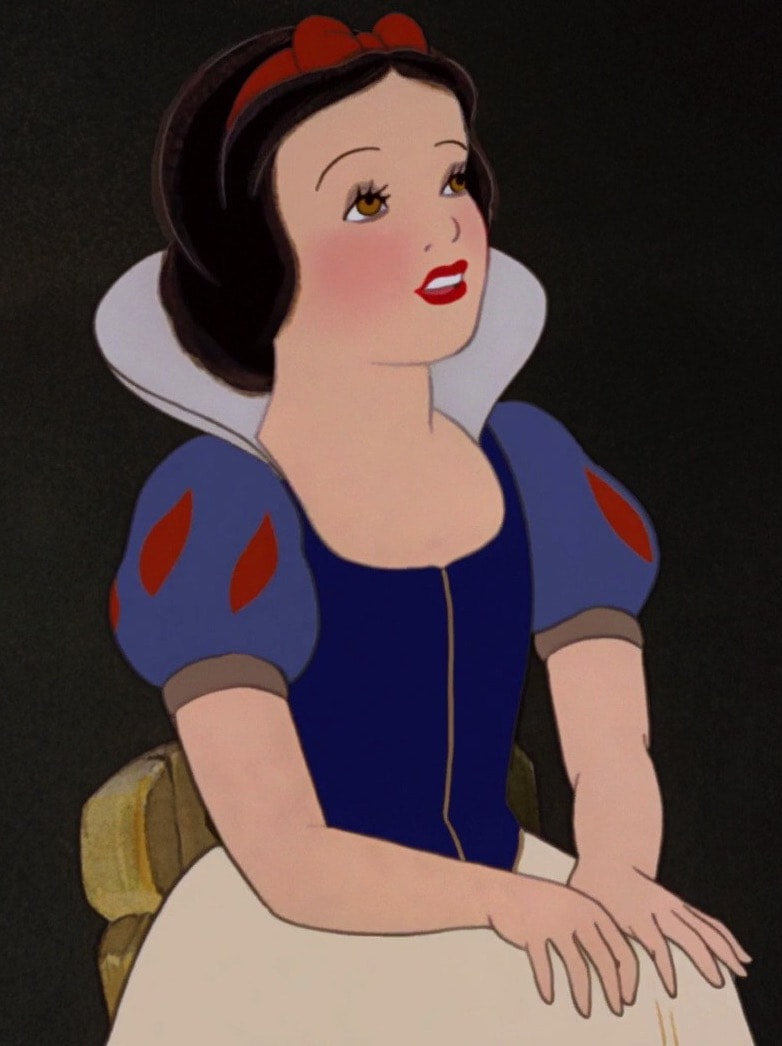
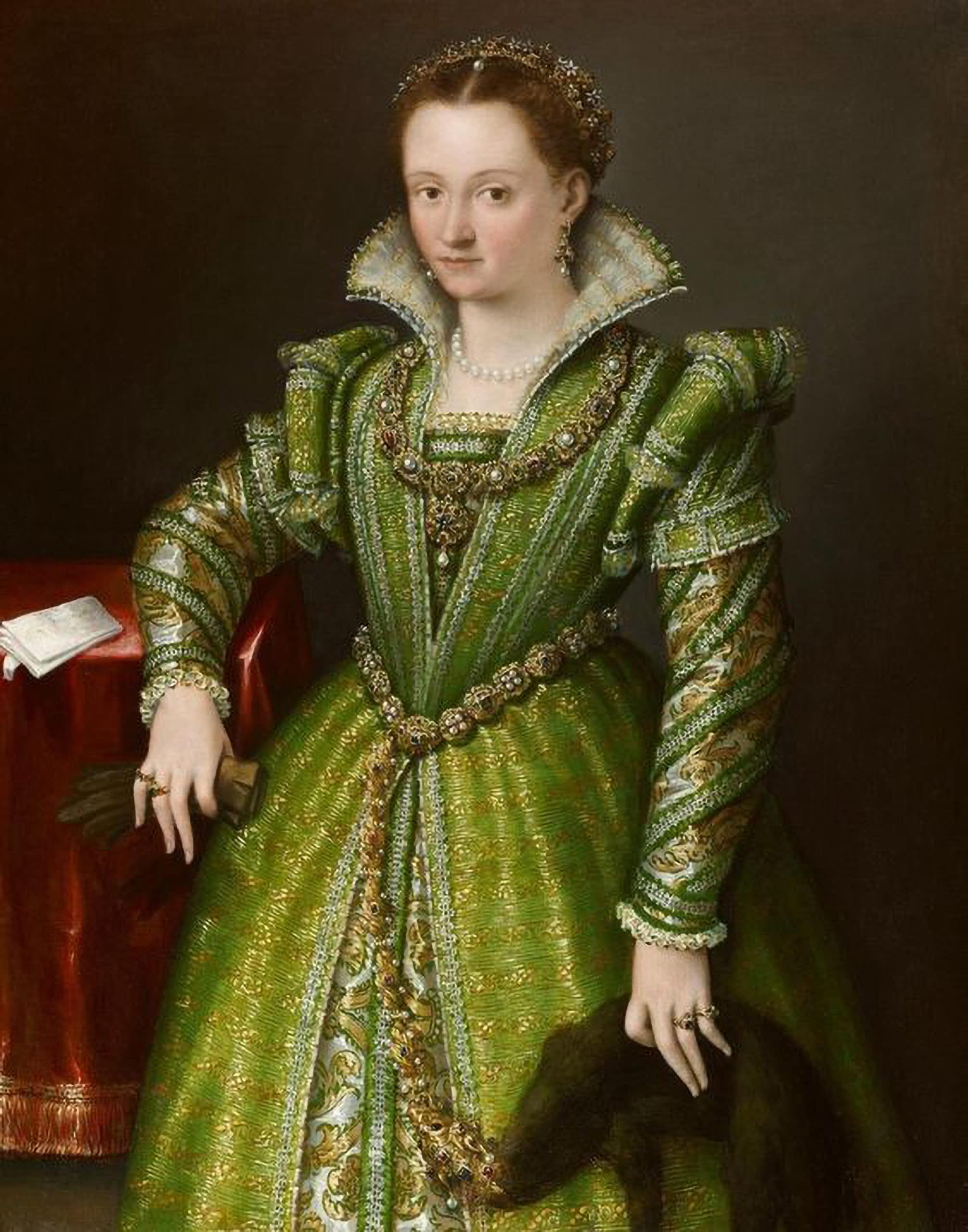
“Snow White” is Disney’s first feature film and it is inspired by the historical fairy tale of the Brothers Grimm: the story is set in 1500, while the year of the film’s release is 1938. The young protagonist takes up the fashion of the sixteenth century, with the division of the dress between the upper and lower part. It was, in fact, a female custom to wear a bodice with a square neckline, and the sleeves were often padded at the top, at shoulder height. These aspects are easily detectable in the dress of the first Disney princess, but, at the same time, many other details were modified. The skirt, compared to those of the 1500s, is simple, without scaffolding and probably with a simple and light underskirt, and the hair is not styled or held back by nets. This is because we must not forget that the film was released in the 1930s: consequently, the audience could not feel completely estranged. So here we find a 30s hairstyle, with short and slightly wavy hair, a makeup look with fine eyebrows, long eyelashes, red lips, and a Shirley Temple bow.
Cinderella
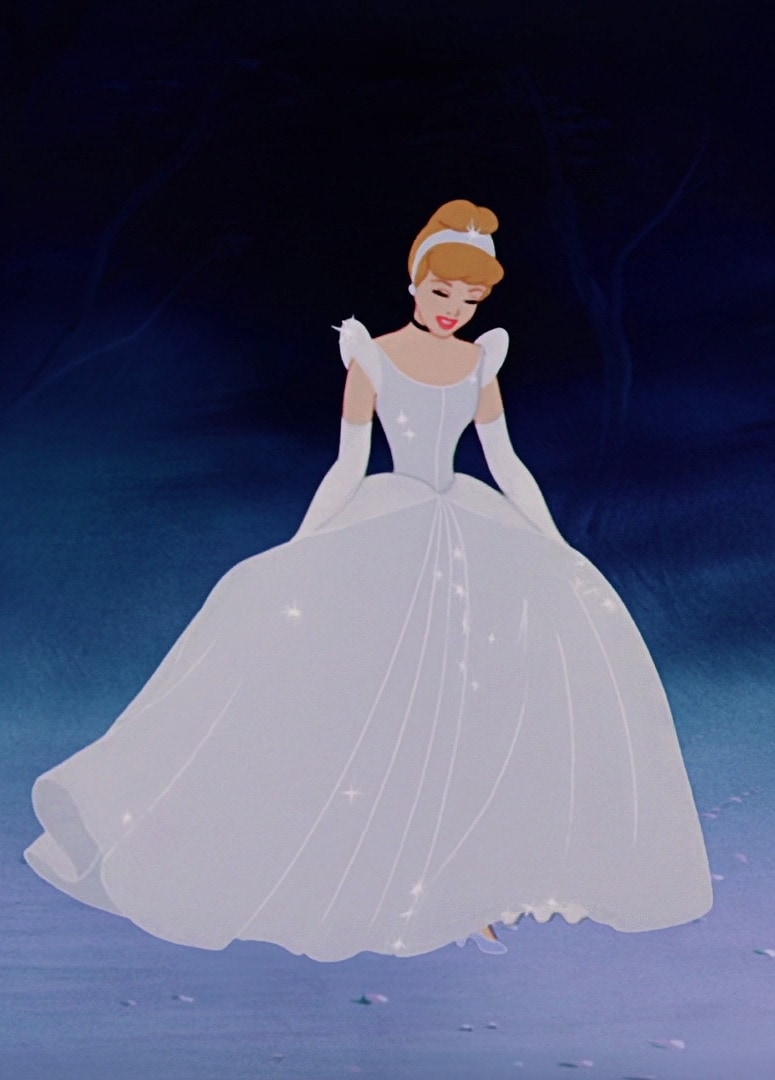
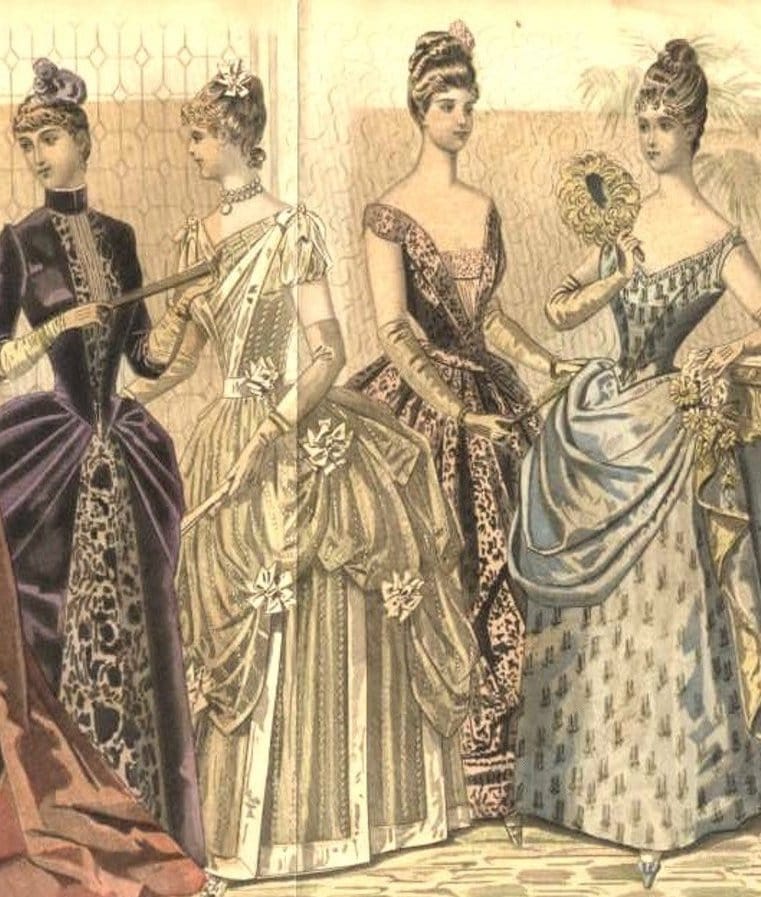
Released in 1950, “Cinderella” takes up the costumes of the nineteenth century, making fashion one of the main elements of the film and, together with the social dynamics of the post-war period. The 1950s were years in which people wanted to leave behind the bad memories and experiences they had just lived, here represented by Cinderella in rags, with the classic headscarf, like those women called to work in factories instead of men, and return to dreaming. And it is precisely the ball gown that brings positivity, a dress that takes up the fashion of the mid-1800s, with its bodice and wide skirt; however, a perfect reconstruction would have provided for the use of crinoline, with a skirt, therefore, even wider, as well as ribbons and ribbons, not only on the dress itself but also in the hair, which in the Disney feature film instead take the form of the typical bun of the seventeenth century. Contrary to her stepmother and stepsisters who represent the stereotype of the 1800s and its costumes, Cinderella takes up the 1950s also in her hairstyle and elevators: blonde hair held back by a chignon, rounded bangs, and a fantastic black choker.
Aurora
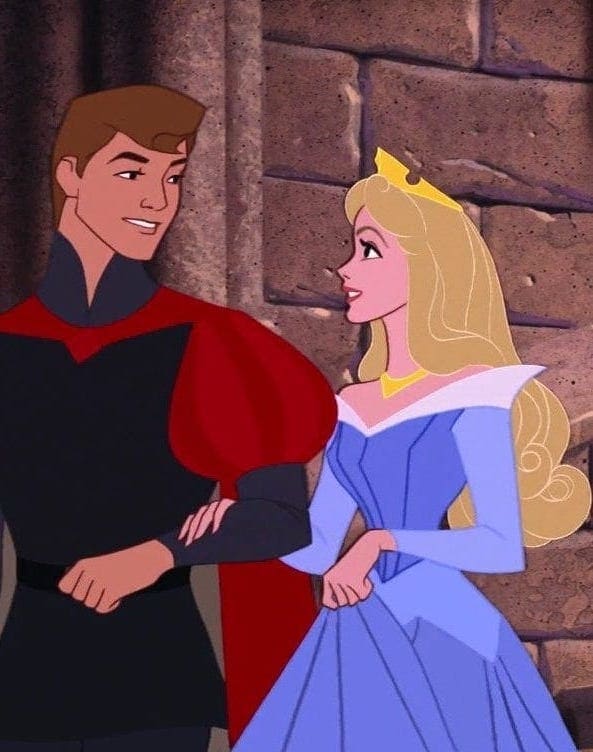
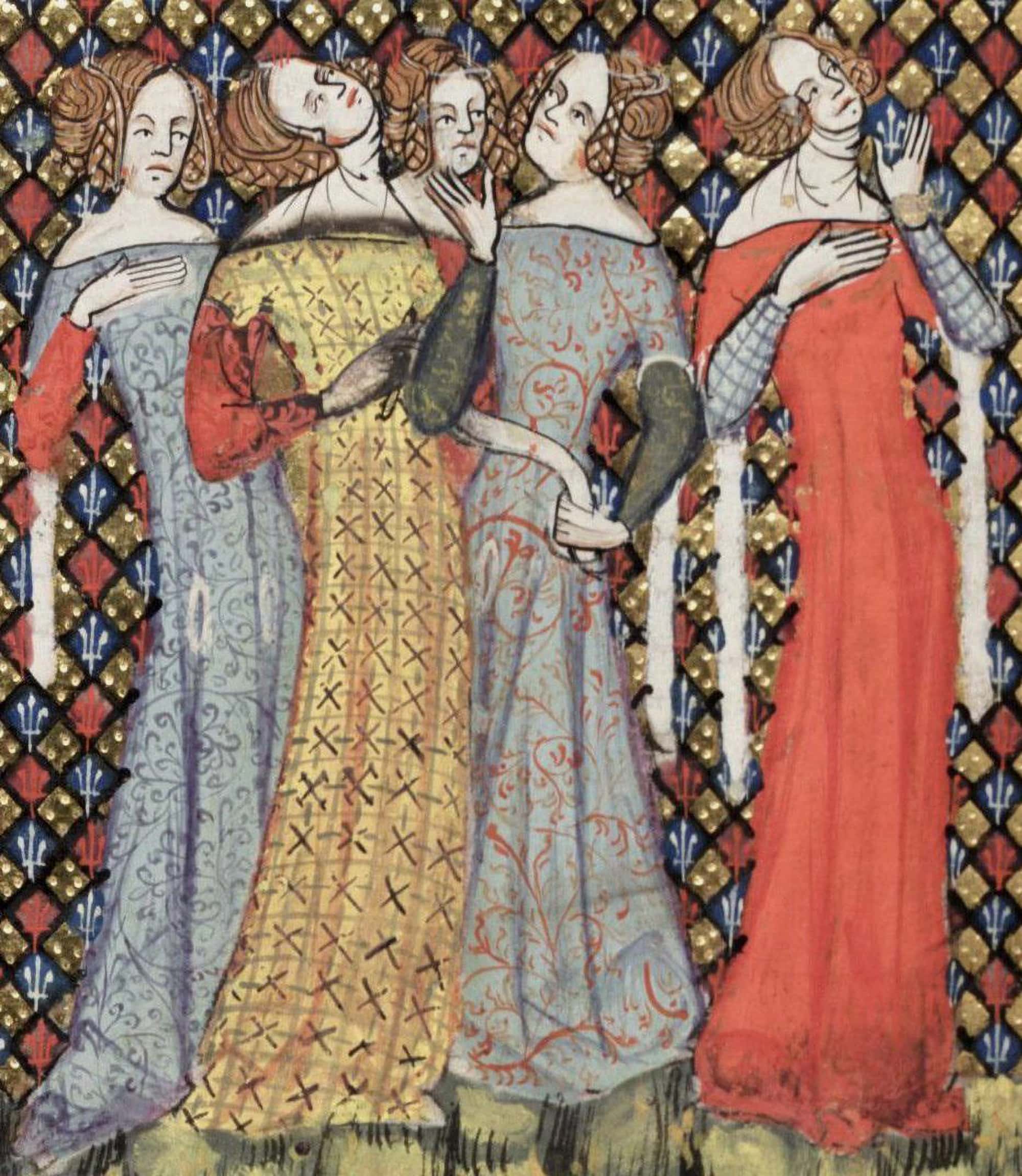
In the first scenes of “Sleeping Beauty in the Woods” (1959), we see standards, flags, and tapestries, which make us understand immediately that the reference era of the story is medieval. At that time, ladies used to wear long tunics, which sometimes even featured bare shoulders, with a figure-slimming bodice and a leather belt. Probably, Aurora’s beautiful hair would have been covered by a veil, while the sleeves of her dress would have had fabric added, to look wider, and would have been adorned with fur. Aurora’s silhouette is very “stretched ” in her figure: the final dress, in particular, is rich in edges and corners, in full medieval style, inspired by Gothic architecture. But Disney’s Aurora is also inspired by the ’50s: bare shoulders, in fact, were present both in the Middle Ages and in the fashion of the period when the film was released; not surprisingly, the movements and physicality were taken from the actress Audrey Hepburn, while the hair recalls those of Brigitte Bardot. Finally, the figure recalls those long and elegant ones brought on the catwalk by Christian Dior in 1950 with his “New Look”.
Belle
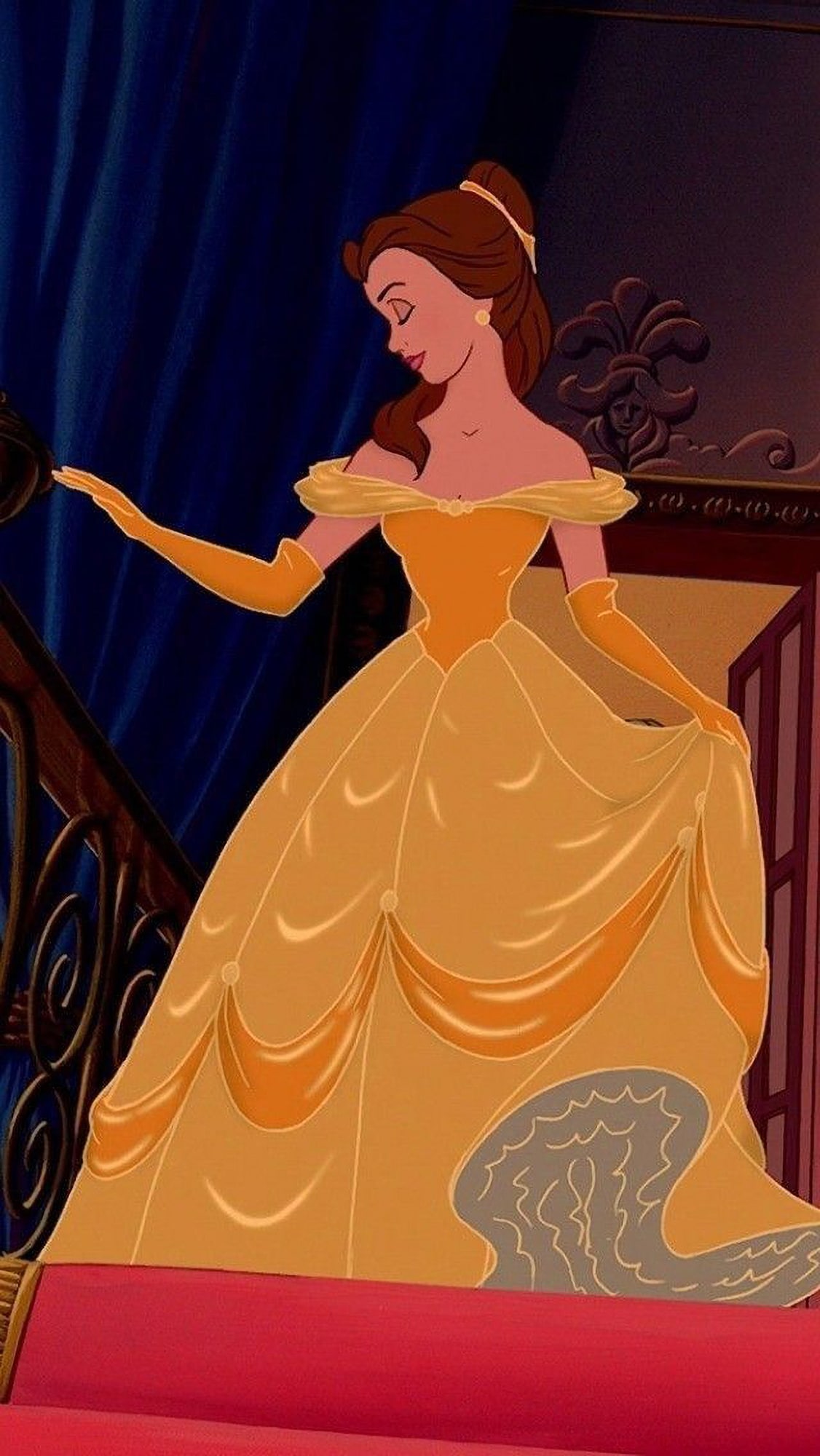
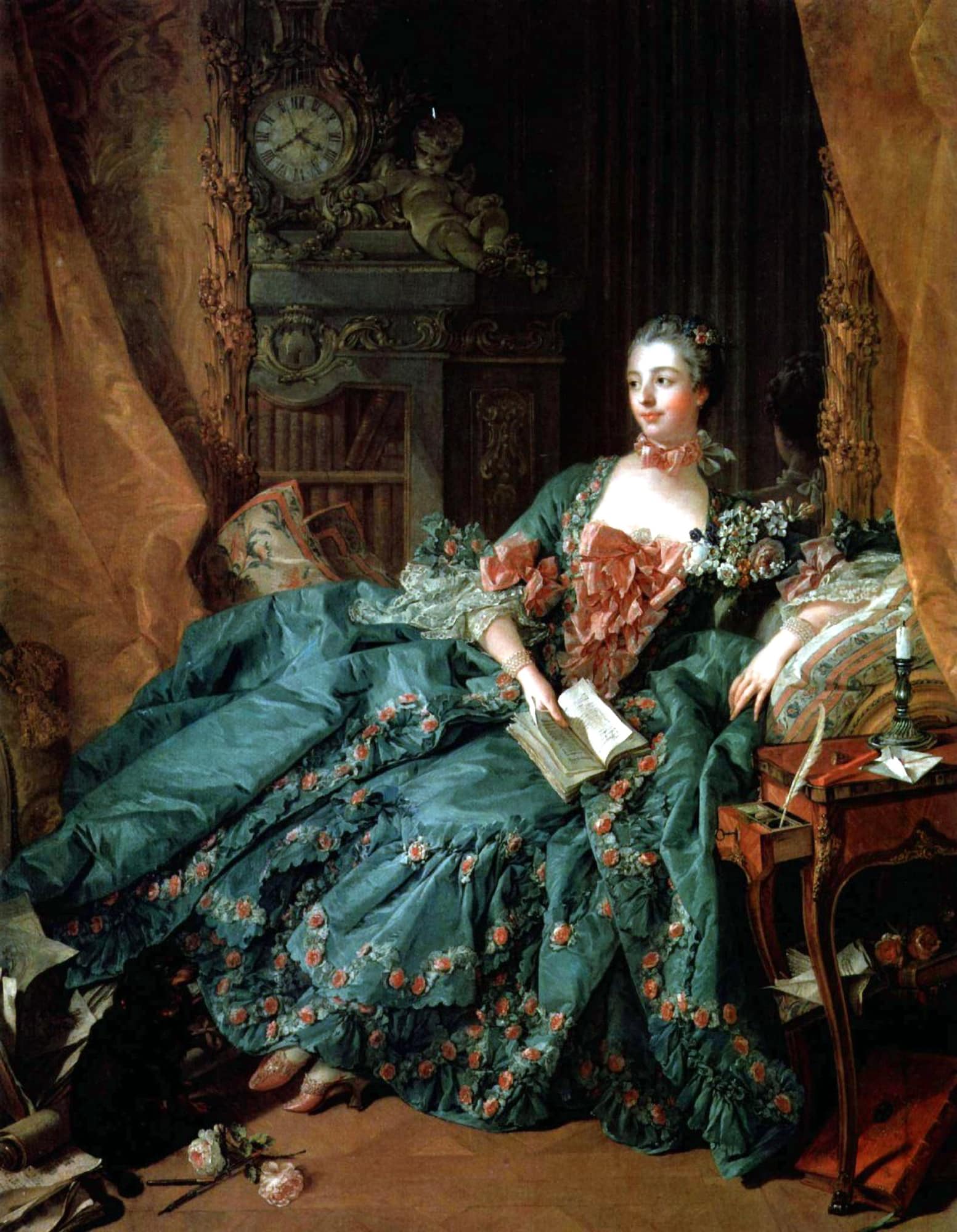
The 1700’s: the era of Marie Antoinette, of excesses and Baroque. During this century, the main poles of fashion were France, England, and Spain but, if the latter preferred dark colors and structured dresses, while the English one recalled a more “country” style, it was the French one to focus on light colors and bare shoulders, the same elements that we find in the ball gown worn by Belle. Crinolines and corsets, flounces and laces, the “Robe a la française” provided a bust with a surcoat, a skirt, and a triangular bib: just think that, in a satin bust, 162 whalebone splints could be inserted! Belle’s ball gown fairly reflects the opulence of the century, although at the same time it was greatly simplified, in accordance with Disney philosophy and the way the character had been drawn. Finally, her hairstyle is reminiscent of the fantastic high ponytails that were used in the 1990s, when the film was released in theaters, and not the elaborate hairstyles that ladies used to have styled by the court hairdressers.
Tiana
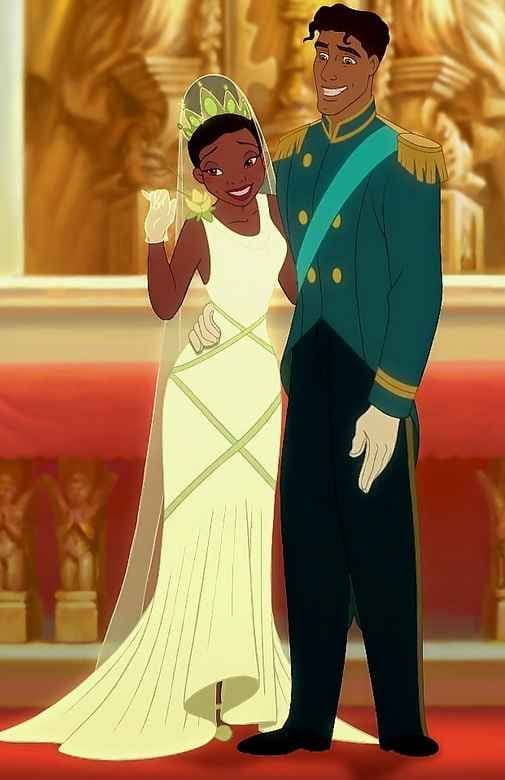
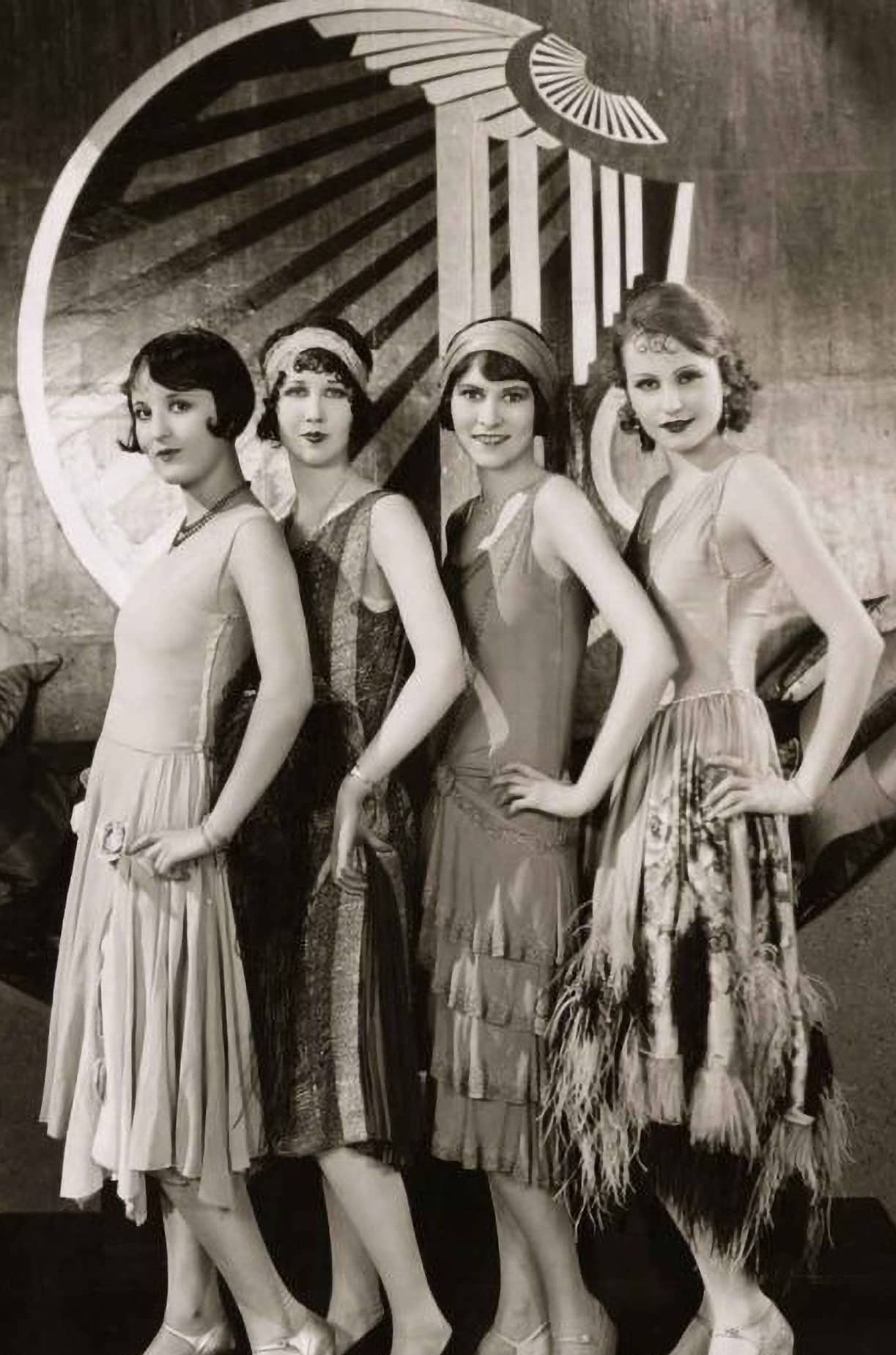
Blaring jazz music and a young woman trying to find her independence: in this feature film, Disney represented, in a very accurate way, the roaring 20s. During the film, released in 2009, our princess changes clothes many times but, perhaps, the most consistent with the historical era it deals with is the final one: the revisitation of the Charleston dress, from the tubular line to the knee, and fringed. This is precisely the era of Coco Chanel, who introduced simple lines and more comfortable materials. The colors are bright and the particular accessories are filled with sequins and pearls. We see Tiana express her femininity and tenacity, a theme particularly in evidence in recent years, in a different way from the women of the ’20s: androgynous, with short hair and a very slim body shape. What she surely shares with them is a determined and free character, the symbol of a search for affirmation in the world.

